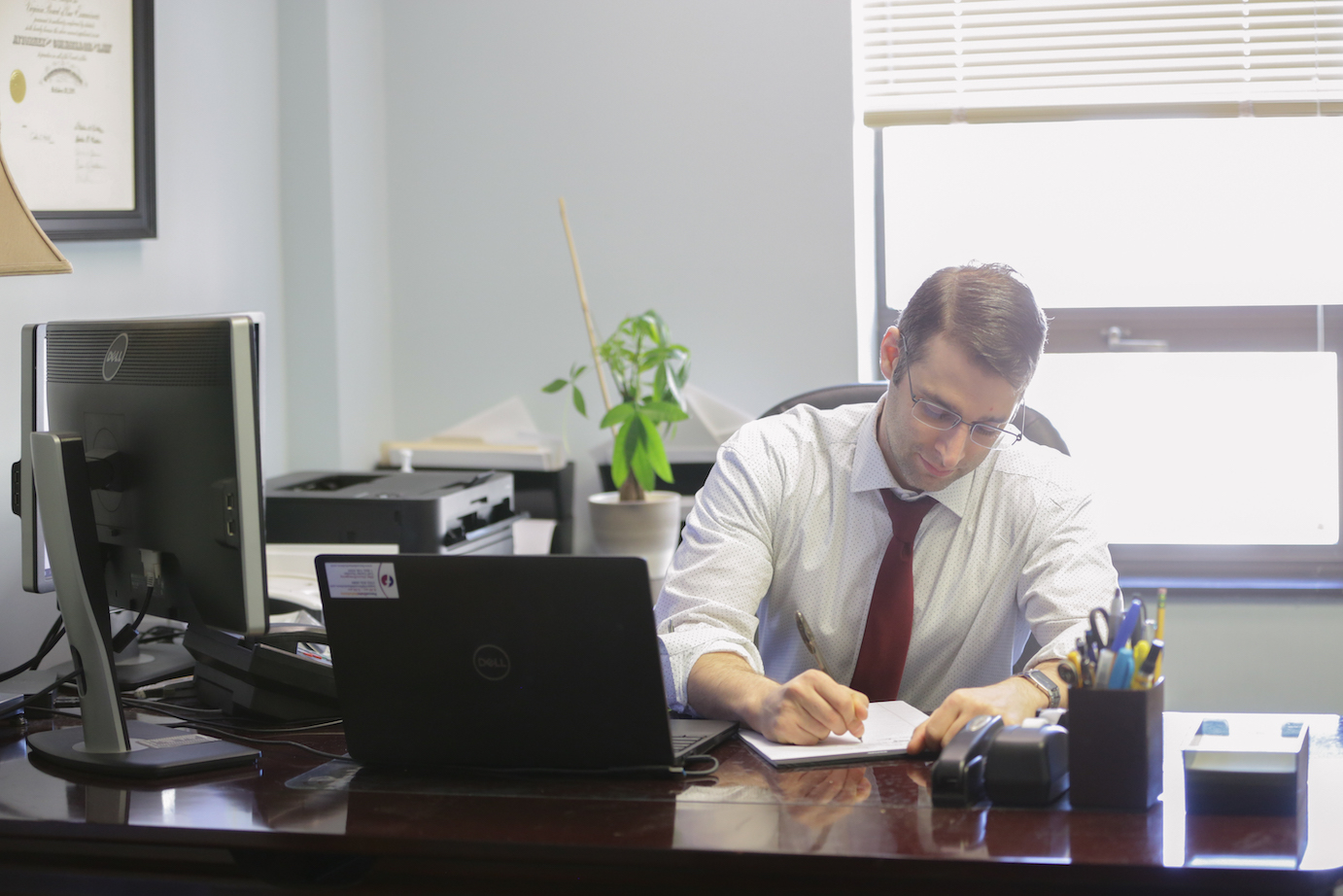December is here, easing us into that time of year where we start piling on the wool coats, drinking hot tea, and turning up the heat to stay warm. Whether you plan to use your fireplace as a means to heat your home or just to add ambiance to a chilly winters evening, it is important to ensure you are prepared to create safe fires in your home.
Gas Fireplaces
The first line of defense when preparing for a fire is to know your fireplace. With a gas fireplace, for example, you will want to make sure there are no gas leaks and that the pilot light is working properly. Gas fireplaces tend to be easily turned on and off by a switch or key making them easy to use. It is important to make sure the fire fully extinguishes when the switch is turned off. Do not place anything combustible into a gas fireplace as it could lead to an out of control fire.
Wood Burning Fire Places
Wood burning fireplaces and stoves present different safety challenges from their gas counterparts. It is important to maintain a clean, soot free fireplace to prevent embers or flames from being sent into your home. Wood should to be seasoned, meaning the natural moisture has been dried out, prior to use in a fireplace. Click here for a video on seasoning firewood from the Chimney Safety Institute of America.
The goal when building a wood burning fire should be to create a small, hot fire rather than a large, flame producing fire. In order to accomplish this goal, fires should be built using smaller pieces of seasoned wood stacked in either a teepee or log-cabin shape. Paper should not be added to a fire as it can cause large flames to shoot up the chimney and outside of the fireplace creating a significant risk of a chimney or house fire.
When extinguishing a wood burning fire, a metal shovel should be used to remove all soot and debris from the fireplace placing it in a lidded metal container. It is important to make sure there are no residual burning embers left in either the fireplace or metal container. The lidded metal container should be stored outdoors, on cement, away from the house to prevent an accidental house fire.
Chimneys
The next step to fire safety is to ensure the chimney is in proper working order. Chimneys should be inspected every year by a licensed chimney inspector and sweep who will check for structural soundness, buildup of soot or harmful chemicals, remove any objects or animals that may have fallen down the chimney, and ensure the damper is open. Homeowners should also perform periodic visual inspections of their chimneys to ensure they look structurally sound. When in doubt call a professional to inspect your chimney.
Preventing an Emergency
The most important step in fireplace safety is creating a safe environment for your fire. All homes-with and without fireplaces-should have at least one carbon monoxide detector on each habitable level to prevent accidental death from this odorless, poisonous gas. Homes should also have a fire extinguisher that all residents know how to locate and use. Decorations, furniture, pets, and children should be kept away from all fireplaces, flames, fireplace inserts, screens, or tools as they may hold residual heat or embers leading to fires or burns. Finally, all members of the household should know a fire escape plan, including the quickest routes to exit the home, in order to escape catastrophe should an accident occur.
The holiday season brings with it a warm sense of nostalgia; spending time with family, eating comfort foods, sipping egg nog, and snuggling up in front of a crackling fire. Just remember to take these safety precautions so you can cuddle up with your loved ones and relax this winter.
Tell us more about your legal matter and a member of our team will be in touch with you shortly.


















